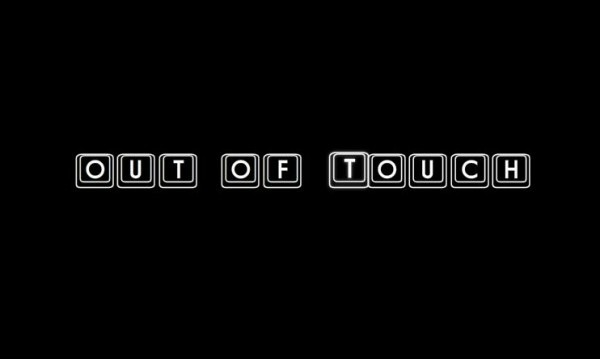ZERO TOUCH – OUT OF TOUCH?
January 25, 2017

As the DevOps trend goes on and transformations are in full-swing I stumbled upon the zero touch trend.
New, well not really, although not to me at least. For those less familiar with it, in a really tiny nutshell to me this is zero touch testing;
“A zero-touch lab is where any engineer, at any time, anywhere, can call upon a virtual resource to test, and virtual resources to test with” according to www.rcrwireless.com
So services are virtualized and off course the strive is to maximize automation. In a discussion last year with Ben Visser (a fellow within SogetiLabs and my mentor for many years) we agreed that 100% (test) automation is not a good idea.
As we all know machines or tools, don’t have empathy yet and they simply miss a ‘human touch’ so to speak. That is why for instance, there is no automated exploratory test yet or an exploratory unit test.
In my opinion, the intuition and unpredictability of a tester are invaluable when it comes to giving insight into the quality and risks of a system or solution.
So build, deployment, integration, virtualization, it can be fully automated in some cases. Does that mean the test is the bottleneck in system development? I don’t think so. More and more tests can be automated, fortunately. No more mind numbing endless regression testing at the beginning and end of every sprint, just fire up Selenium or QTP.
But the exploratory tests, an invaluable part of testing in agile environments, does still need a human touch and will take old fashion manual labor. It is up to the tester (or the team) to allocate time for this in the sprint(s) so it doesn’t become a bottleneck. Use your expertise and lessons learned from the past to claim enough time for “manual testing” and make sure the team and it’s stakeholders understand why this time is necessary.
In my first blog, I talked about the HR department that needed to transform to the human value department. The value by design concept that I started with Ben Visser is also fitting here because of the valuable human aspect of intuition and curiosity, something we cannot yet build into robots or machines. You might even say that the “manual tests” helps to stay a mud master.
In conclusion, zero touch testing is not yet an alternative or realistic possibility if you ask me. The tester has to be in touch with the system or the completed software in order to be able to say anything about the quality and risks of the tested product. Of course, the tester or testing must also be done in regards to the value of the product. Testing is more than just executing some happy flow scripts, hence the need for human creativity, the human touch.
As opposed to any robot, a good tester usually has a hunch and will instinctively choose the less logical route. This cannot be learned it is an instinct. Testers can train this and become better but this talent can seldom be learned if at all. This is I think test intuition, a typically and very important asset, human touch.
So stay in touch with what you build or design and follow that what makes us human, our intuition!


 English | EN
English | EN 